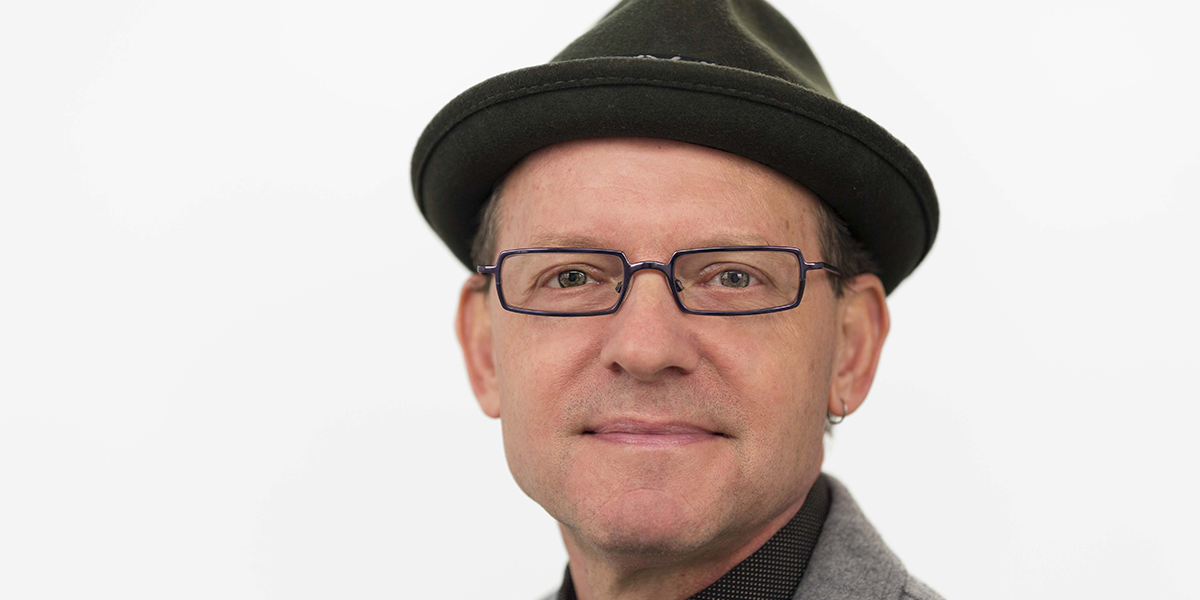
THE NEW YORK TIMES -- For a large part of American history, suffrage for noncitizens in local elections was the rule, not the exception. From 1776 to 1926, 40 states allowed it in some form, at some point. When voting was restricted to white, male property owners, citizenship was not the central qualification.
But as millions of people from the southern and eastern regions of Europe — people whom, at the time, Americans did not universally regard as “white,” and whose political views were deemed suspect — flowed into the United States in the late 19th and early 20th centuries, anti-immigrant sentiment drove the country away from noncitizen voting, said Ron Hayduk, an associate professor of Political Science at San Francisco State University and an expert on noncitizen voting laws.
The repeal of these laws coincided with the enactment of other restrictions, like poll taxes, literacy tests and voter registration requirements. And the return of these laws in scattered municipalities has also coincided with a shift in the way immigrants are viewed.
Recent years have brought a sort of tug of war between more and fewer restrictions on voting. There seems to be a cluster of local efforts to allow noncitizen voting, Mr. Hayduk said — but at the same time, other officials are pursuing strict voter identification laws.
Photo by Hannah Anderson